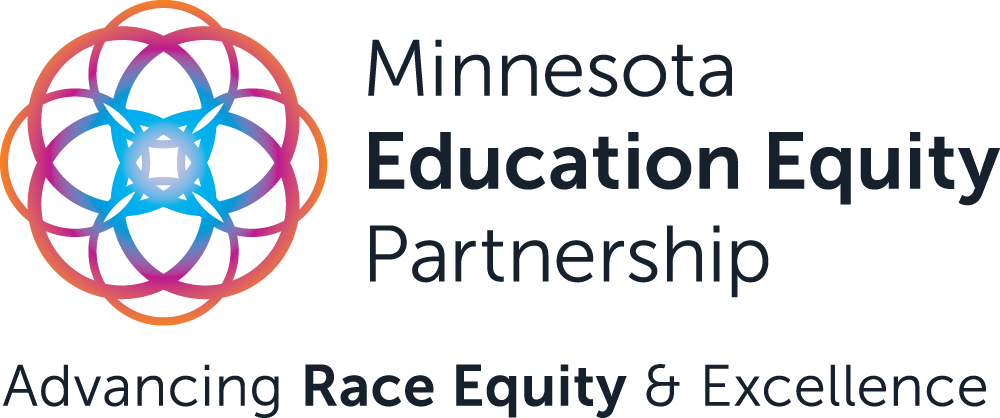Refers to the unquestioned and unearned set of advantages, entitlements, benefits and choices bestowed on people solely because they are white. Generally white people who experience such privilege do so without being conscious of it.
Structural White Privilege: A system of white domination that creates and maintains belief systems that make current racial advantages and disadvantages seem normal. The system includes powerful incentives for maintaining white privilege and its consequences, and powerful negative consequences for trying to interrupt white privilege or reduce its consequences in meaningful ways. The system includes internal and external manifestations at the individual, interpersonal, cultural and institutional levels.
The accumulated and interrelated advantages and disadvantages of white privilege that are reflected in racial/ethnic inequities in life-expectancy and other health outcomes, income and wealth and other outcomes, in part through different access to opportunities and resources. These differences are maintained in part by denying that these advantages and disadvantages exist at the structural, institutional, cultural, interpersonal and individual levels and by refusing to redress them or eliminate the systems, policies, practices, cultural norms and other behaviors and assumptions that maintain them.
- Interpersonal White Privilege: Behavior between people that consciously or unconsciously reflects white superiority or entitlement.
- Cultural White Privilege: A set of dominant cultural assumptions about what is good, normal or appropriate that reflects Western European white world views and dismisses or demonizes other world views.
- Institutional White Privilege: Policies, practices and behaviors of institutions — such as schools, banks, non-profits or the Supreme Court — that have the effect of maintaining or increasing accumulated advantages for those groups currently defined as white, and maintaining or increasing disadvantages for those racial or ethnic groups not defined as white. The ability of institutions to survive and thrive even when their policies, practices and behaviors maintain, expand or fail to redress accumulated disadvantages and/or inequitable outcomes for people of color.
